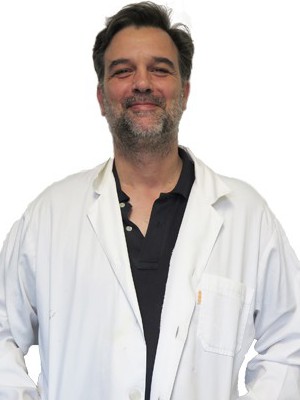resumo
Protein partitioning in aqueous two-phase systems (ATPS) is widely used as a convenient, inexpensive, and readily scaled-up separation technique. Protein partition behavior in ATPS is known to be readily manipulated by ionic composition. However, the available data on the effects of salts and buffer concentrations on protein partitioning are very limited. To fill this gap, partitioning of 15 proteins was examined in dextran poly(ethylene glycol) ATPSs with different salt additives (Na2SO4, NaClO4, NaSCN, CsCl) in 0.11 M sodium phosphate buffer, pH 7.4. This analysis reveals that there is a linear relationship between the logarithms of the protein partition coefficients determined in the presence of different salts. This relationship suggests that the protein response to ionic environment is determined by the protein structure and type and concentrations of the ions present. Analysis of the differences between protein structures (described in terms of proteins responses to different salts) and that of cytochrome c chosen as a reference showed that the peculiarities of the protein surface structure and B-factor used as a measure of the protein flexibility are the determining parameters. Our results provide better insight into the use of different salts in manipulating protein partitioning in aqueous two-phase systems. These data also demonstrate that the protein responses to different ionic environments are interrelated and are determined by the structural peculiarities of protein surface. It is suggested that changes in ionic microenvironment of proteins may regulate protein transport and behavior in biological systems. (C) 2015 Elsevier B.V. All rights reserved.
palavras-chave
AQUEOUS 2-PHASE SYSTEMS; SOLVATION ENERGY RELATIONSHIP; EGG-WHITE LYSOZYME; POLYETHYLENE-GLYCOL; SOLVENT PROPERTIES; RELATIVE HYDROPHOBICITY; OPTICAL-ROTATION; METHYLENE GROUP; SALT ADDITIVES; SERUM-PROTEINS
categoria
Biochemistry & Molecular Biology; Chemistry
autores
Ferreira, LA; Madeira, PP; Uversky, AV; Uversky, VN; Zaslavsky, BY
nossos autores
agradecimentos
This work was supported in part by a grant from Russian Science Foundation RSCF No 14-24-00131 (to V.N.U.).


